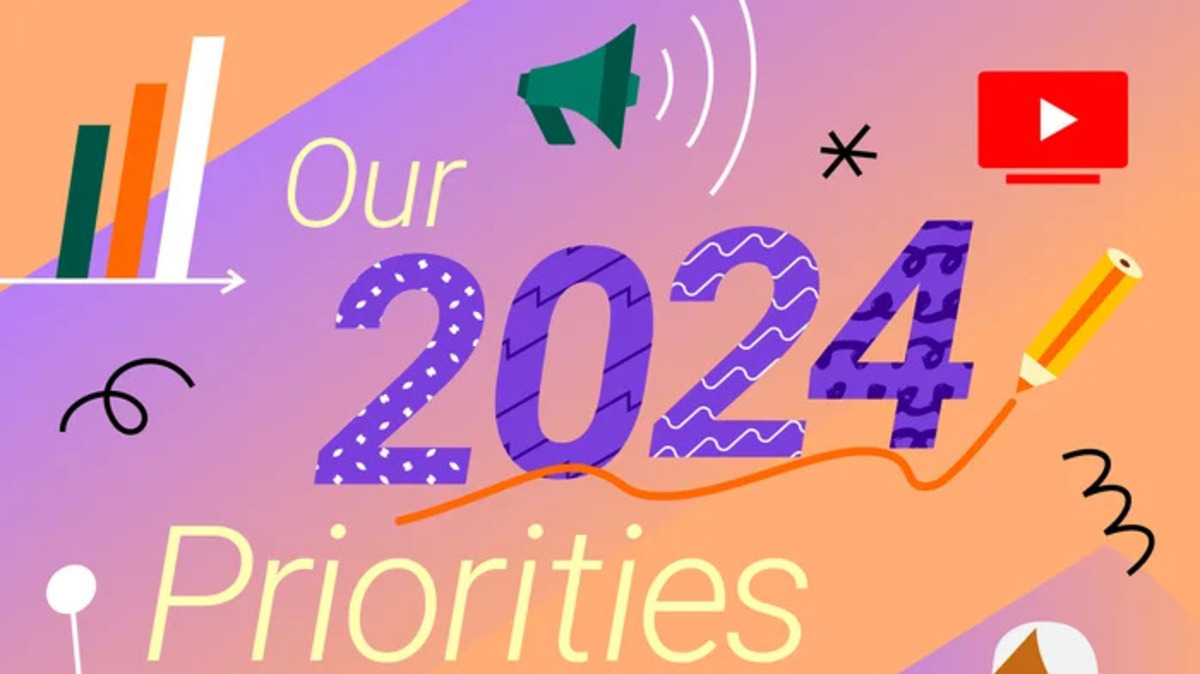YouTube's future: AI, subscriptions, and transforming users into creators

At a Glance
- YouTube CEO Neal Mohan outlines plans through 2024 that focus on AI-powered creativity, recognizing YouTubers, and expanding into living rooms.
- AI experiments like Dream Screen, Music AI Incubator, and Dream Track will help users and musicians expand and nurture their creativity.
- YouTube plans to further position successful YouTubers as independent studios and increase their recognition as full-time professionals with a global audience.
YouTube wants to grow - and use AI to turn more people into creators. The company also wants to empower big YouTubers.
In a recent statement, YouTube CEO Neal Mohan outlined the company's goals through 2024, which focus on using artificial intelligence, recognizing YouTubers, expanding into living rooms and subscriptions, and protecting the creative community.
For example, YouTube plans to develop more AI tools to expand and encourage creativity among its users. Examples include the recently announced AI experiments Dream Screen, Music AI Incubator, and Dream Track, which is based on Google Deepmind's Lyria music model.
Dream Screen allows users to create AI-generated backgrounds for YouTube short films, while Music AI Incubator and Dream Track are aimed at musicians and are designed to assist them in the creative process. Mohan sees AI as a way to make YouTube even bigger: "We want to help everyone create."
YouTube Shorts as a driver for growth - and a target for generative AI
YouTube is experiencing significant growth, with a user base that reached 2.70 billion in 2024, revenue growth evident in the $22.31 billion generated in just three quarters of 2023, and substantial engagement through 720,000 hours of video uploaded daily. The platform's innovation, particularly with YouTube Shorts, is a key driver of this growth. Shorts is averaging over 70 billion daily views, with the number of channels uploading Shorts content growing 50% year-over-year.
Integrating generative AI into YouTube for Creators could help content creation by streamlining video production, enhancing creativity with AI-driven editing tools, and personalizing content for viewers, potentially increasing engagement and productivity for creators. Shorts are likely to be the first content where these tools will be used extensively.
YouTuber as a full-time profession
Mohan also wants to increase the representation of successful YouTubers - moving away from "user-generated content" and toward representation as an independent studio. To do this, YouTube wants to convince decision-makers and industry partners of the economic and entertainment value of these creators. The company wants to increase the recognition of YouTubers as full-time professionals with an international audience and showcase top YouTubers at key industry forums.
YouTube also aims to expand its presence in people's living rooms by optimizing its content for big screens and promoting its subscription services such as YouTube TV and YouTube Music and Premium. The company recently reported more than 8 million subscribers to YouTube TV and more than 100 million subscribers to YouTube Music and Premium.
To protect the creative community, YouTube plans to invest in teams and technologies to ensure the safety and quality of content. The focus will be on protecting children online, connecting users with quality information, and adapting to new challenges such as generative AI and deepfakes.
AI News Without the Hype – Curated by Humans
As a THE DECODER subscriber, you get ad-free reading, our weekly AI newsletter, the exclusive "AI Radar" Frontier Report 6× per year, access to comments, and our complete archive.
Subscribe now